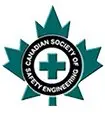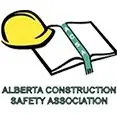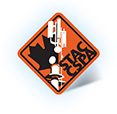Posted: Jun 1 '24
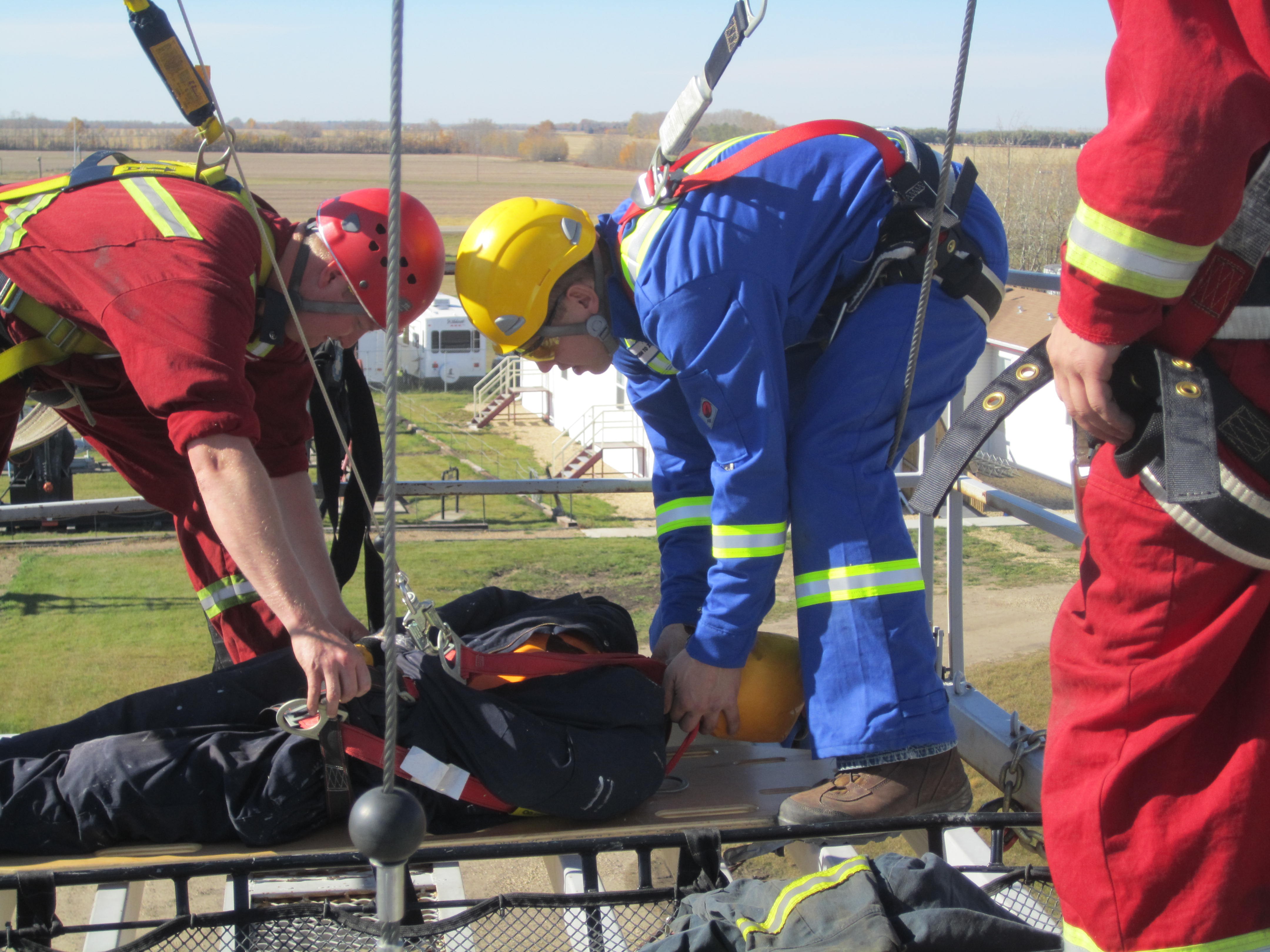
If you regularly work in elevated job sites, you've undoubtedly encountered a scenario where accidents occur, but the ground teams lack the expertise to undertake rescue operations. Unfortunately, this is an all-too-common scenario because high angle rope rescue training courses have largely been ignored.
Safety is critical in many job sites, especially where high-angle equipment are deployed. Using such equipment and working from an elevated position means you risk fall accidents, which can result in serious injuries. If high-angle equipment are deployed at your job site, enrolling your team in a high angle rope rescue training course is advisable. Call us today to inquire about our group rates.
The high angle rope rescue training course combines practical groundwork and classroom sessions. It imparts participants with advanced knowledge and expertise in equipment identification and selection, rigging and anchoring techniques, packaging, and mechanical advantage equipment.
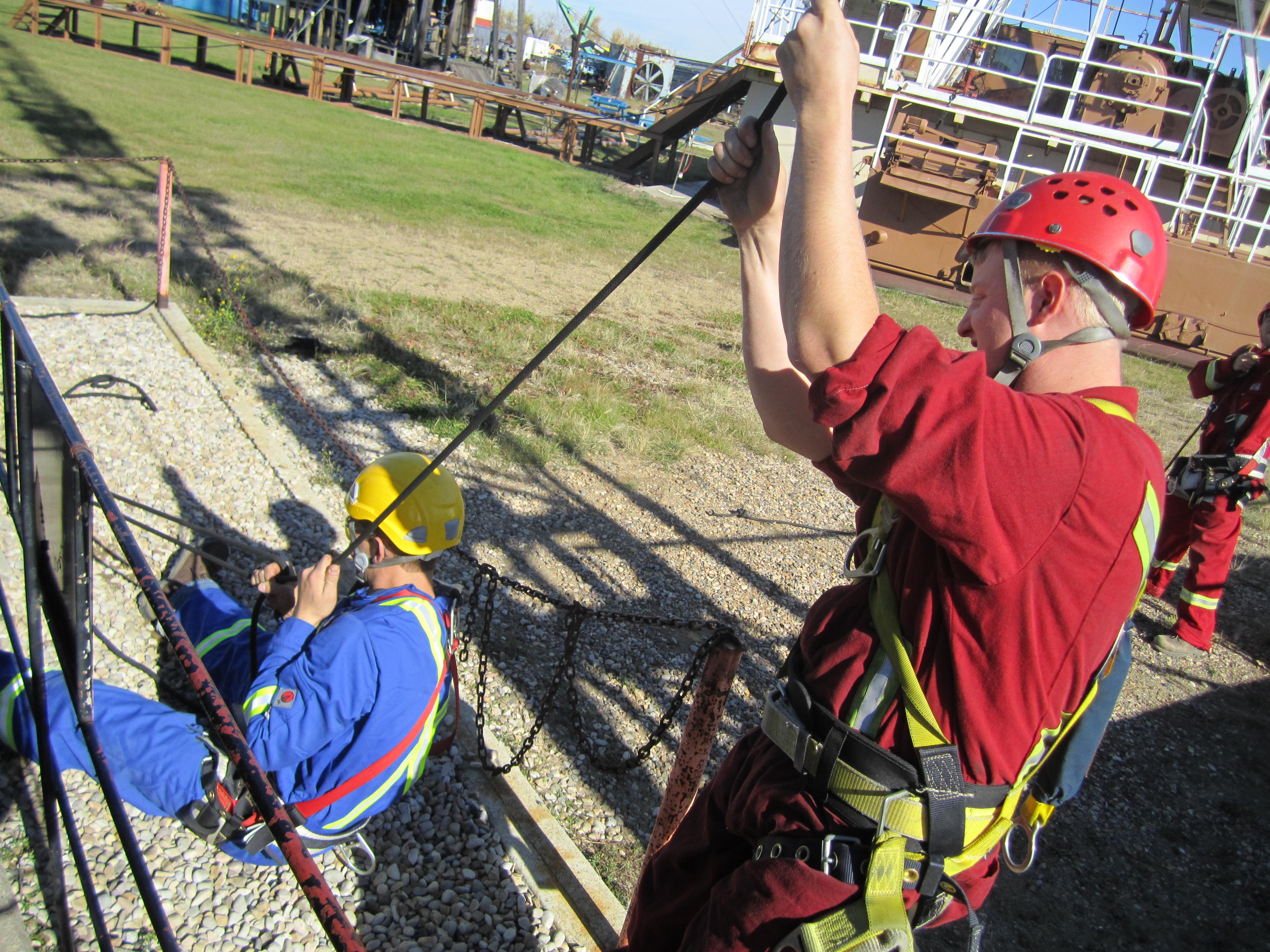
The course often starts by teaching your team the basics of rescue theory. Once they gain background knowledge about rescue operations, they learn about planning rescue missions. It could involve real-life experience with rescue equipment such as knots and ropes. They'll also learn about the proper deployment and maintenance of safety equipment.
A high angle rope rescue training course blends hands-on practice and classroom sessions to teach your teams how to rescue colleagues working at elevated job sites and safely get them to the ground. Typically, the training facilities comprise towers and real-life equipment that mirror the work environment. As a result, those who undergo the program gain the skills needed to act confidently when disaster strikes.
The beauty of enrolling in this program is that it can be customized to suit your team's needs. For instance, training can be provided at your job site or even online and to various class sizes. Furthermore, the trainers can customize the program to your industry for optimum applicability of the newly acquired skills. After completing the high angle rope rescue training course, your team will receive certification, which is renewable after three years.
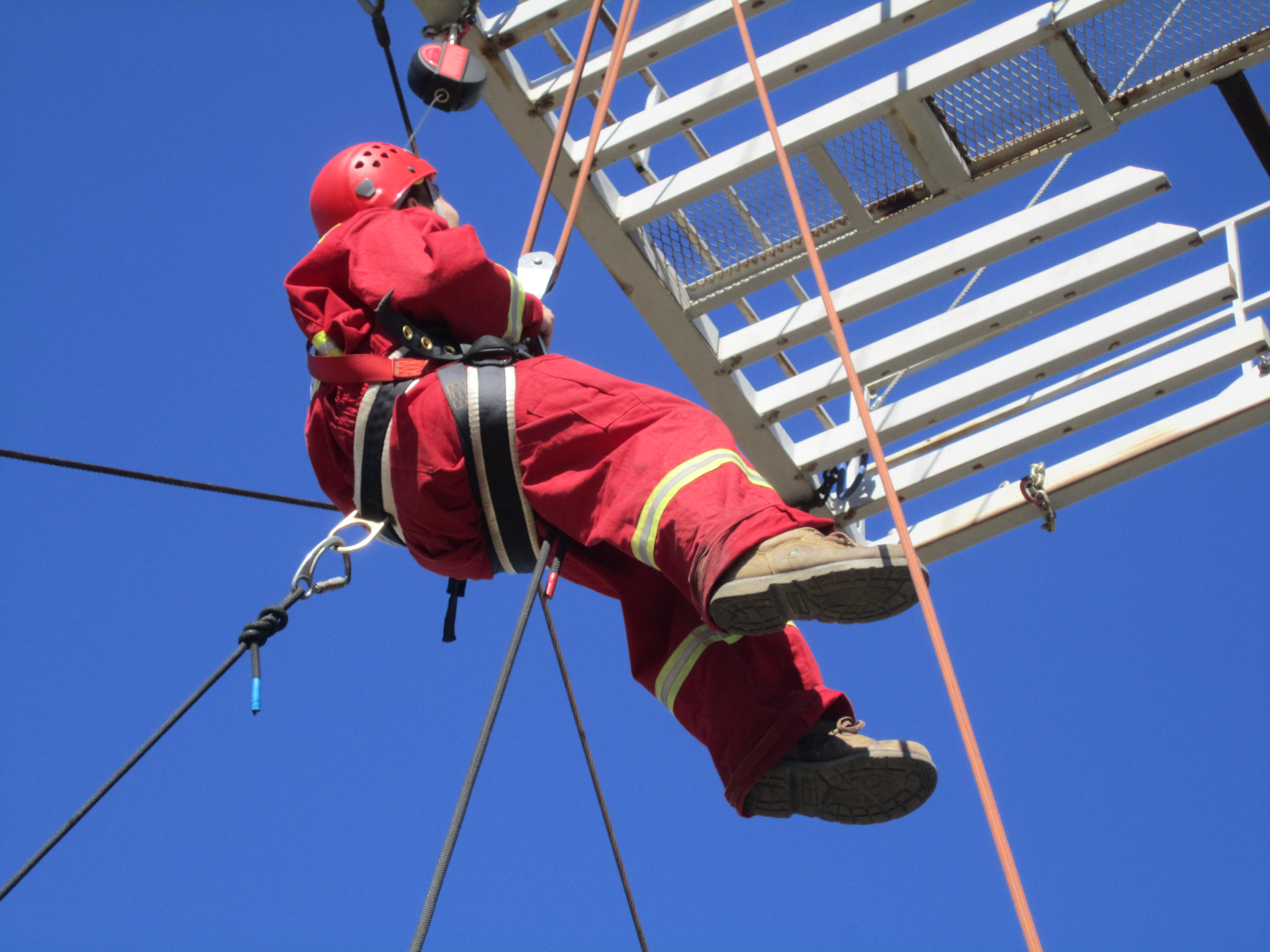
Here is how a high angle rope rescue training course can help save lives at job sites:
There are multiple hazards in job sites where high angle equipment is deployed. Accidents typically occur because those working on these job sites fail to identify these hazards. The risks may be new to them, or they might assume them, especially after working at similar job sites. Offering high angle rope rescue training helps your team to identify hazards in different work job sites, a crucial step towards avoiding severe accidents.
Many accidents occur when high-angle safety equipment is misused. Likewise, accidents are common at job sites where the necessary safety equipment is inappropriately deployed. A critical focus for high angle rope rescue training course is properly deploying work and safety equipment.
Teams often receive equipment identification and selection training, proper set-up and deployment, and disbandment after use. Given that high-angle safety equipment comprises numerous components, learning about their safe deployment and disbandment can go a long way in minimizing accidents.
Learning about hazard identification and high-angle safety equipment can only do so much in preventing fatal job site accidents. For this reason, high-angle rope rescue programs also teach job site teams about undertaking technical rescue operations involving steel or cable ropes. The course may also offer basic medical training so the teams can provide first aid during rescue operations.
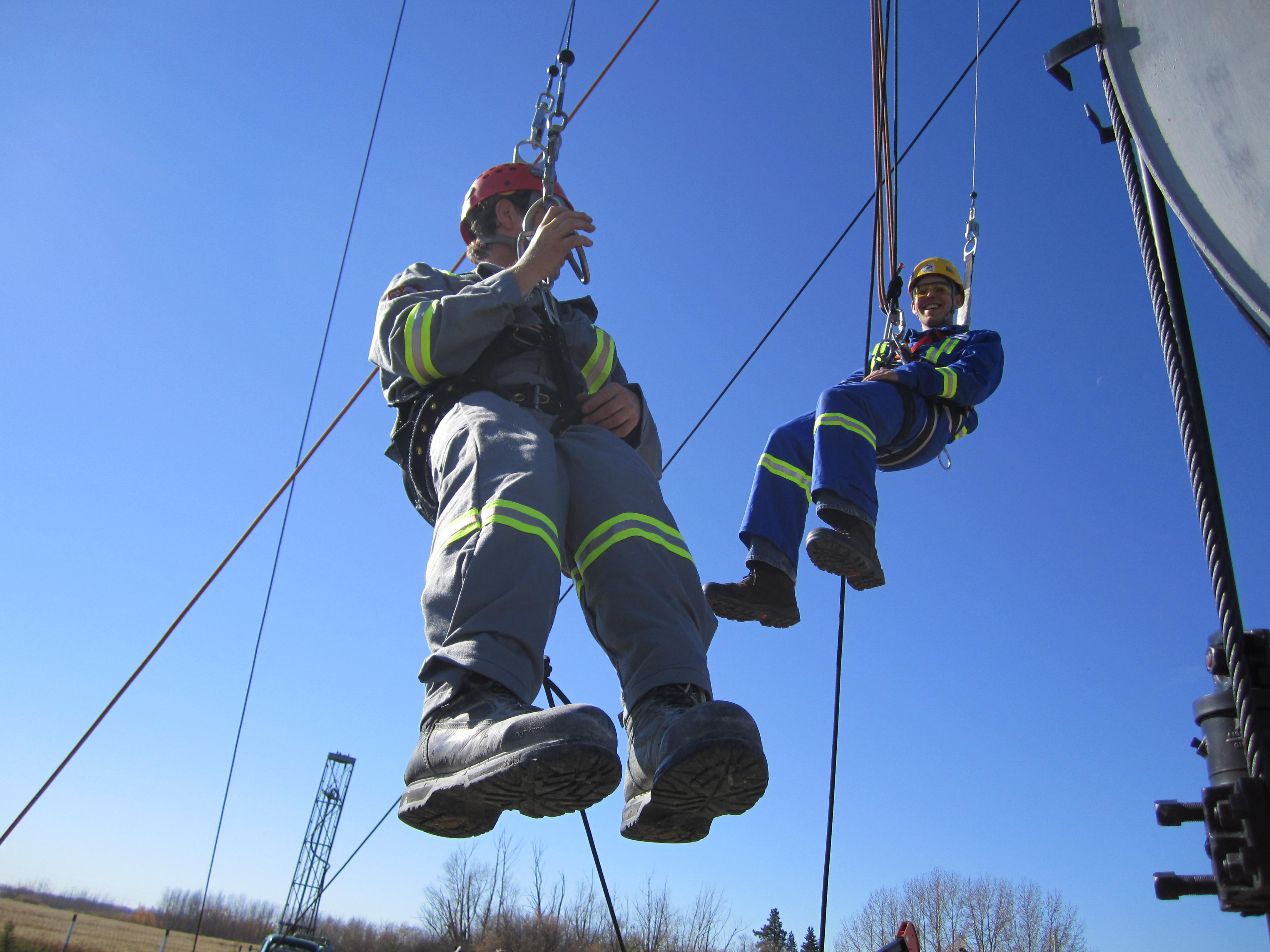

The thing about using high-angle equipment at job sites is that accidents can occur at any time. One question to ask yourself is, am I ready to minimize the accident's impact or prevent it in the first place? So, don't take chances with your team's safety. Contact us to enroll your team in our high angle rope rescue training course today to prepare for any eventualities.
REQUEST INFO ON OUR COURSES